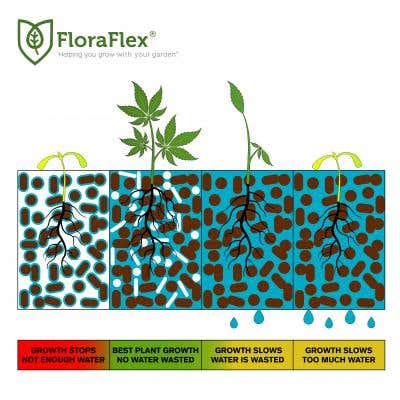Cannabis cultivation is an art that requires a combination of knowledge, patience, and attention to detail. Whether you're a seasoned grower or just starting out, understanding the fundamental aspects of cannabis growing can significantly enhance your success in producing high-quality buds.
- Strain Selection:
Choosing the right strain is crucial for achieving the desired effects and yield. Consider factors such as the plant's growth characteristics, potency, flavor profile, and resistance to pests and diseases. Select strains that are suitable for your climate, growing environment, and personal preferences.
- Climate and Environment:
Creating an optimal climate and environment for your cannabis plants is vital. Ensure that your grow room or outdoor setup provides adequate ventilation, temperature control, humidity levels, and lighting conditions. Different stages of growth require specific environmental conditions, so be mindful of adjusting these factors accordingly.
- Lighting:
Proper lighting is crucial for robust plant growth and maximum yields. Depending on your setup and budget, you can choose between fluorescent, high-intensity discharge (HID), or light-emitting diode (LED) lights. LED lights are energy-efficient, emit less heat, and offer better control over the light spectrum for different growth stages.
- Nutrients and Feeding:
Understanding the nutritional requirements of cannabis plants is essential for healthy growth. Invest in quality soil or a hydroponic system and provide a balanced mix of macronutrients (nitrogen, phosphorus, and potassium) and micronutrients (iron, magnesium, zinc, etc.). Use organic fertilizers whenever possible and pay attention to the recommended dosage and feeding schedules.
- Watering:
Overwatering or underwatering can cause significant problems for cannabis plants. Aim for a proper balance by watering your plants when the top layer of soil feels dry. Avoid excessive watering, as it can lead to root rot and other issues. Monitor the drainage of your containers to prevent waterlogging and ensure adequate oxygen supply to the roots.
- Training and Pruning:
Training techniques like topping, pruning, and using trellises can promote a more even canopy, increased light penetration, and improved bud production. These methods help create an optimal distribution of energy and nutrients throughout the plant, resulting in higher yields and better bud quality.
- Pest and Disease Management:
Regularly inspect your plants for pests like aphids, spider mites, or fungus gnats. Prevention is key, so maintain a clean growing environment, use organic pest control methods when possible, and introduce beneficial insects like ladybugs or predatory mites. Familiarize yourself with common cannabis diseases and take proactive measures to prevent their occurrence.
- Harvesting and Curing:
Timing your harvest correctly is crucial for achieving the desired potency and flavor. Pay attention to the trichome coloration and use a magnifying glass to determine the optimal time for harvesting. After harvest, ensure a proper curing process by drying your buds in a controlled environment with appropriate temperature and humidity levels. This process enhances the aroma, taste, and overall quality of your final product.
Cannabis cultivation is a rewarding endeavor that requires careful attention to detail and a deep understanding of the plant's needs. By implementing these essential tips, you can improve your cannabis growing skills and maximize the quality and yield of your harvest. Remember, patience and practice are key to becoming a master cannabis grower. Enjoy the process, experiment with different techniques, and continuously expand your knowledge to refine your skills further. Happy growing!
















